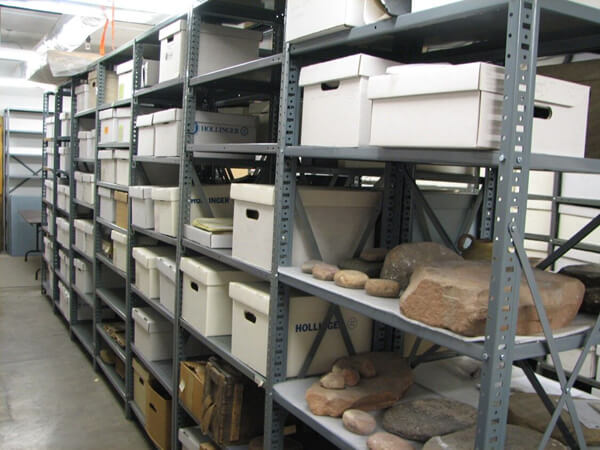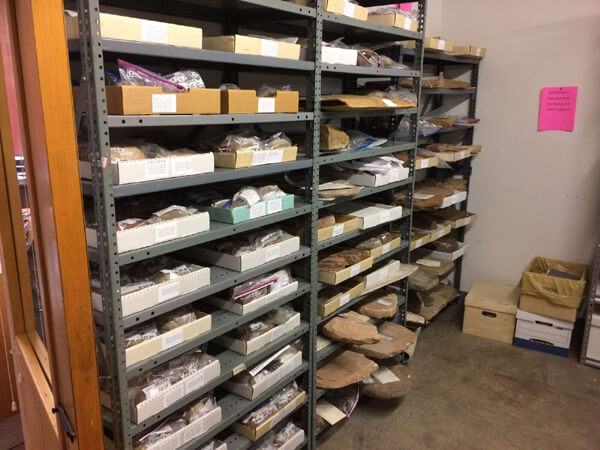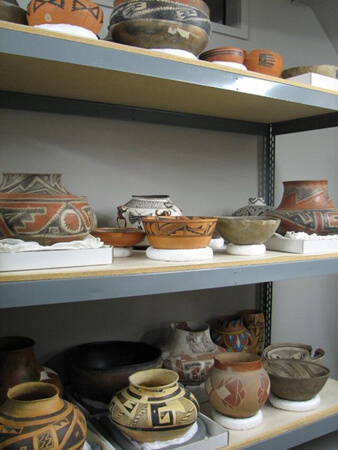Heritage Collection Treasures from Western Colorado’s Public Land
The Museums of Western Colorado (MWC) has been designated as a repository for paleontological and cultural specimens and artifacts that are found on western Colorado’s public land. Most of the items come from land administered by the Bureau of Land Management (BLM). This represents many unique and interesting artifacts and specimens. In the BLM collection alone, the MWC curates a wide variety of objects from one-hundred-fifty-two-million-year-old fossils to bottles and cans from the 20th century, and everything in between including ten-thousand-year-old Paleoindian projectile points and hundred-year-old mining equipment. These artifacts come in all shapes and sizes made from materials like stone, metal, bone, wood, leather, and paper.
It is certainly an impressive collection. And through a partnership with the BLM and the MWC, this website is pulling back the curtain and allowing unprecedented access to a selected number of artifacts and specimens that were found on western Colorado’s public land.
This is a special opportunity that we hope you enjoy, and if any of the artifacts presented could be of further use for sanctioned research, please contact the Museums of Western Colorado to schedule an appointment.
Thank you.
Introduction to Curation Process
Have you ever wondered what it takes to maintain such a diverse set of artifacts?
The MWC curatorial process begins once we receive a new deposit of artifacts from a preapproved archaeological contracting firm. These objects are then meticulously studied to verify they receive the proper identification. Depending on the size of the deposit this can be a very strenuous and time-consuming task. Each of these items is assigned its own individual accession number. The determination of these accessions are based on criteria such as the year it was received, the order the artifacts were when they arrived, and their field specimen number. After everything has been properly identified and numbered we then rehouse the artifacts in either special acid-free boxes, paper, or bags. This is to ensure that damage to the items are as mitigated as possible. We also must take into account the internal climate of the collections space. This includes regulating the temperature and humidity to keep them constant to lessen the effects of natural aging. This method is then repeated for each artifact we receive. Which in the case of the BLM collection, this means repeating this process thousands times.
Yet one of the most important aspects of curation, and a major focus of the MWC, is the digitization of artifacts. This ensures that researches and the public gain access to the diverse history of western Colorado. After all, why go through all this painstaking hard work curating objects if they are simply put in boxes to never again see the light of day?





